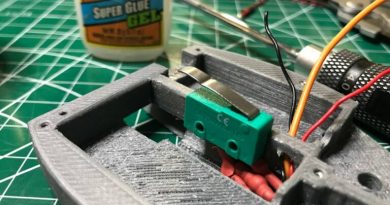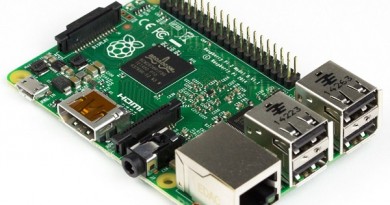Oscilloscope Bandwidth
When selecting an oscilloscope, bandwidth is generally the specification engineers consider first. The following post will help explain bandwidth, specifically Gaussian and flat responses, and how it affects oscilloscope performance.
Every oscilloscope has a low-pass frequency response that rolls off as the frequency increases. A one gigahertz bandwidth oscilloscope will typically have a Gaussian response, which is to say a slow roll off beginning at around one third of the negative three decibel frequency. An oscilloscope with a bandwidth of over one gigahertz will generally have a very flat frequency response, and this type of response is flat in-band with an abrupt roll off around the negative three decibel frequency.
Each of these oscilloscope frequency responses has its advantages and disadvantages. Flat-response oscilloscopes attenuate signals in-band less than ones with a Gaussian response; a flat-response oscilloscope will be more accurate in-band than its Gaussian counterparts. But a Gaussian response attenuates signals outside its band less than a flat-response oscilloscope, meaning Gaussian-response oscilloscopes have faster rise times. Sometimes it is beneficial to attenuate signals outside the band when one wants to eliminate high-frequency components that contribute to aliasing.
Regardless of whether one’s oscilloscope has a Gaussian or flat response — or it falls somewhere between the two — the oscilloscope’s bandwidth is the lowest frequency at which the input signal is attenuated by three decibels. One can use a swept frequency from a sine wave signal generator to test one’s oscilloscope’s bandwidth and frequency response. Don’t expect accurate measurements on signals that have considerable frequencies near the oscilloscope’s bandwidth (signal attenuation at the negative three decibel frequency is an amplitude error of roughly negative thirty percent).
The oscilloscope’s rise time is closely related to its bandwidth. However, keep in mind that the oscilloscope’s rise time is not the fastest edge speed the digital oscilloscope can measure accurately — rather, it is the fastest edge speed that can be produced if the input signal has a theoretically infinitely fast rise time. Because pulse generators do not have infinitely fast edges, it is impossible to test theoretical specifications. Nonetheless one can test one’s oscilloscope’s rise time with a pulse input exhibiting edge speeds three to five times faster than the osilloscope’s rise time specification.

